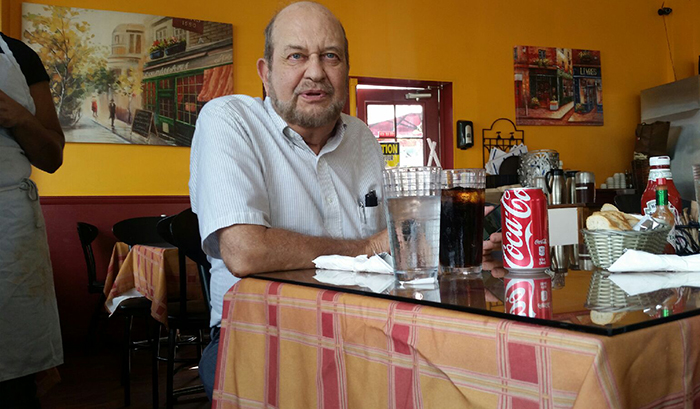Barely three weeks after Ronald Reagan became the first professional actor elected governor of California, in late January 1967, he gave an hour of his time to a small class of Stanford University graduate students led by the great Prof. William Rivers.
The class first attended his weekly news conference, then visited Mr. Reagan’s office before lunching with Lyn Nofziger and William Clark, later to be Mr. Reagan’s White House press secretary and national security adviser, respectively. The class only briefly encountered his wife Nancy Reagan, who died last Sunday at 94 and will be buried tomorrow.
At the time, many so-called political experts doubted Mr. Reagan was smart enough to have masterminded his accession to the California governor’s office, then and now recognized as one of the half-dozen most powerful political jobs in America.
Mr. Reagan fed into that thinking at times. He often answered complex questions with simple aphorisms. When someone asked him whether he would give students at U.C. Berkeley, then staging large protests almost daily, a voice in university policy, he responded that “You can’t run a ship by polling the crew.” More than 23 years later, when I last interviewed him in his post-presidential office high in the Fox Plaza skyscraper in Los Angeles, he still spoke the same way.
That kind of answer to multiple queries prompted the question I asked in the title of a column about that 1967 visit in the now-defunct Menlo-Atherton Recorder, then a weekly newspaper I edited: “Who Thinks for Ronnie?”
There were several candidates. The always-pithy Mr. Nofziger was one. So was Mr. Clark, later named by Mr. Reagan to the state Supreme Court and still later as Secretary of the Interior. There was also Michael Deaver, an aide who served Mr. Reagan for 30 years, most as his deputy chief of staff. And there was Edwin Meese, chief of staff in Sacramento and later U.S. attorney general. Reagan biographer Lou Cannon wrote that Meese “was able to explain complex ideas to Reagan” in ways akin to Reagan’s own speaking style.
All these men eventually dropped away. Yet Mr. Reagan remained the same, proving none of them was the puppeteer his political skeptics long hoped to uncover. But one figure was at his side steadily through many of his Hollywood years, during his eight years as governor, in his losing 1976 campaign for president, through his White House years and then was his loving caretaker for a 10-year bout with Alzheimer’s disease before he died in 2004. That was his wife and best friend, Nancy Davis Reagan, who devoted herself through all those years to furthering her husband’s interests. She always called him Ronnie.
Mr. Cannon once wrote that “Reagan knew where he wanted to go, but she had a better sense of what he needed to do to get there.”
Blasted by some for seeming to feed him a line during one presidential news conference. But she knew better than anyone what he thought about almost everything, because – and this is the consensus of presidential historians – no White House couple was ever closer or talked through more things.
Skeptics who wondered if Mr. Reagan could think for himself — including this one – were wrong. He could. He did. His best friend Nancy didn’t think for him; she thought with him.
Before Mrs. Reagan died of congestive heart disease, she had spent her last few years maintaining the Reagan image, personally hosting speeches at his presidential library in Simi Valley by almost every Republican luminary.
It is safe to say that whether you liked them or not, virtually all Reagan administration concepts, from wearing down the Soviet Union by building up American military might to levels not seen before or since, to flexibility on issues like abortion, to his refusal to bend to public sector union demands, had first been tested in conversation with Nancy.
Which means if any presidential administration was ever two-headed in substance, if not form, it was Mr. Reagan’s. For it is now clear that all those devoted aides whom pundits once speculated might think for Mr. Reagan did not. Some contributed ideas, but he did the thinking. So did Nancy, who might just rank first in influence among all First Ladies.
Mr. Elias may be contacted at tdelias@aol.com. Mr. Elias is author of the current book “The Burzynski Breakthrough: The Most Promising Cancer Treatment and the Government’s Campaign to Squelch It,” now available in an updated third edition. For more Elias columns, go to www.californiafocus.net

